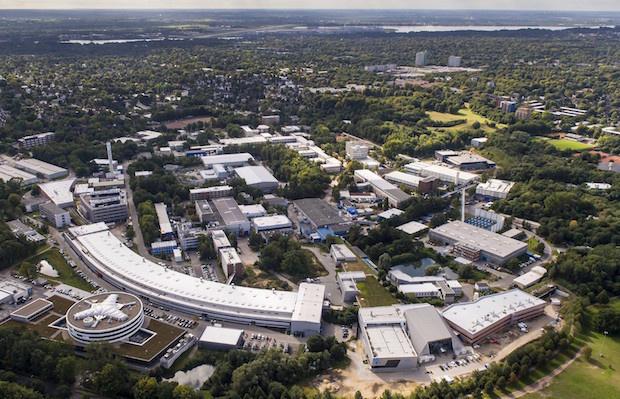ESS Joins the ScienceLink Network

LUND—The European Spallation Source ERIC (ESS) became a member of the ScienceLink Network in June. The network provides ESS a direct avenue to collaborate closely with industrial partners and unleash the full potential of neutron scattering methods for industrial research & development.
“We appreciate the opportunity to join forces with the ScienceLink Network and maximize the innovation potential in the region,” says ESS Director General Jim Yeck. “The Network also allows ESS to reach out to future industrial users and SMEs (small and medium-sized enterprises) in particular.”
ScienceLink provides a well-established framework in which ESS and its partners will strengthen knowledge transfer from basic science to applied research, and accelerate the development of innovative products and services. The scope of research covers a wide range of industries, from life science, biotechnology, and agriculture to materials science and energy.
Acting as an interface between large-scale science facilities and industry, the Network supplies tailored services to companies interested in research using neutrons and photon sources. These include consultations on prospective R&D work, support in the preparation and performance of experiments at research facilities, and assistance with data analysis and result interpretation.
“We are pleased to have the world’s future most powerful neutron source on board and look forward to working together to further encourage industrial research,” says Helmut Dosch, Chair of the ScienceLink Network. Dosch also serves as Chair of the Deutsches Elektronen-Synchrotron (DESY) Board of Directors in Germany.
ScienceLink began as a flagship project of the Baltic Sea Region Programme in 2012 under the leadership of DESY, a research centre of the Helmholtz Association. The project has since grown into a self-sustaining network of 17 research facilities, academic institutes, and regional organizations in the Baltic Sea Region. The network’s members jointly seek to support industry and business in carrying out R&D activities at leading neutron and synchrotron facilities.
Photo: Aerial view of the Deutsches Elektronen-Synchrotron (DESY) facilitiy in Hamburg, Germany. The ScienceLink Network began as a flagship project under DESY. Image: DESY




 is funded by the European Union Framework Programme for Research and Innovation Horizon 2020, under grant agreement 676548.
is funded by the European Union Framework Programme for Research and Innovation Horizon 2020, under grant agreement 676548.